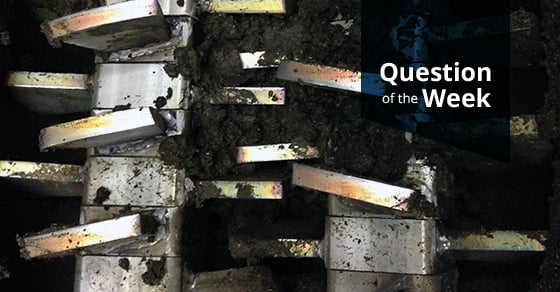Conditioning is an important part in bulk solids processing, allowing producers to alter the material to fit their unique needs. While there are many reasons to condition a material, three central objectives are highlighted below.
To improve the efficiency of the process. Conditioning a material is done to ensure optimum downstream processing. This may be done to reduce the stickiness of a material to prevent buildup in equipment, create a uniform mix of feedstock, or to improve the flowability of the material.
To improve handling. Conditioning a material can help improve handling for storage, transportation or application. This is especially true for dusty or sludge-like materials.
Bulk solids with a fine particle size distribution are often dusty, and present a number of challenges. Dust is easily wind-blown, resulting in material loss during application. But, mixing the material to enlarge the particle size can help improve issues associated with dust, and ultimately improve its handling and application.
Sludge-like materials may also be conditioned to improve handling. Conditioning is typically done to reduce the moisture content of the material, and/or stickiness of the material.
To improve product performance. Conditioning can be done to target a specific bulk density, or to ensure the product integrity is maintained throughout processing, and overall, to help create the desired product at hand.
FEECO offers the following conditioning equipment: pin mixers, paddle mixers/pugmill mixers, and rotary drums. The equipment chosen for conditioning is dependent upon the characteristics of the material, and the goals of the process, with each offering their own benefits. To learn more, contact FEECO today!


